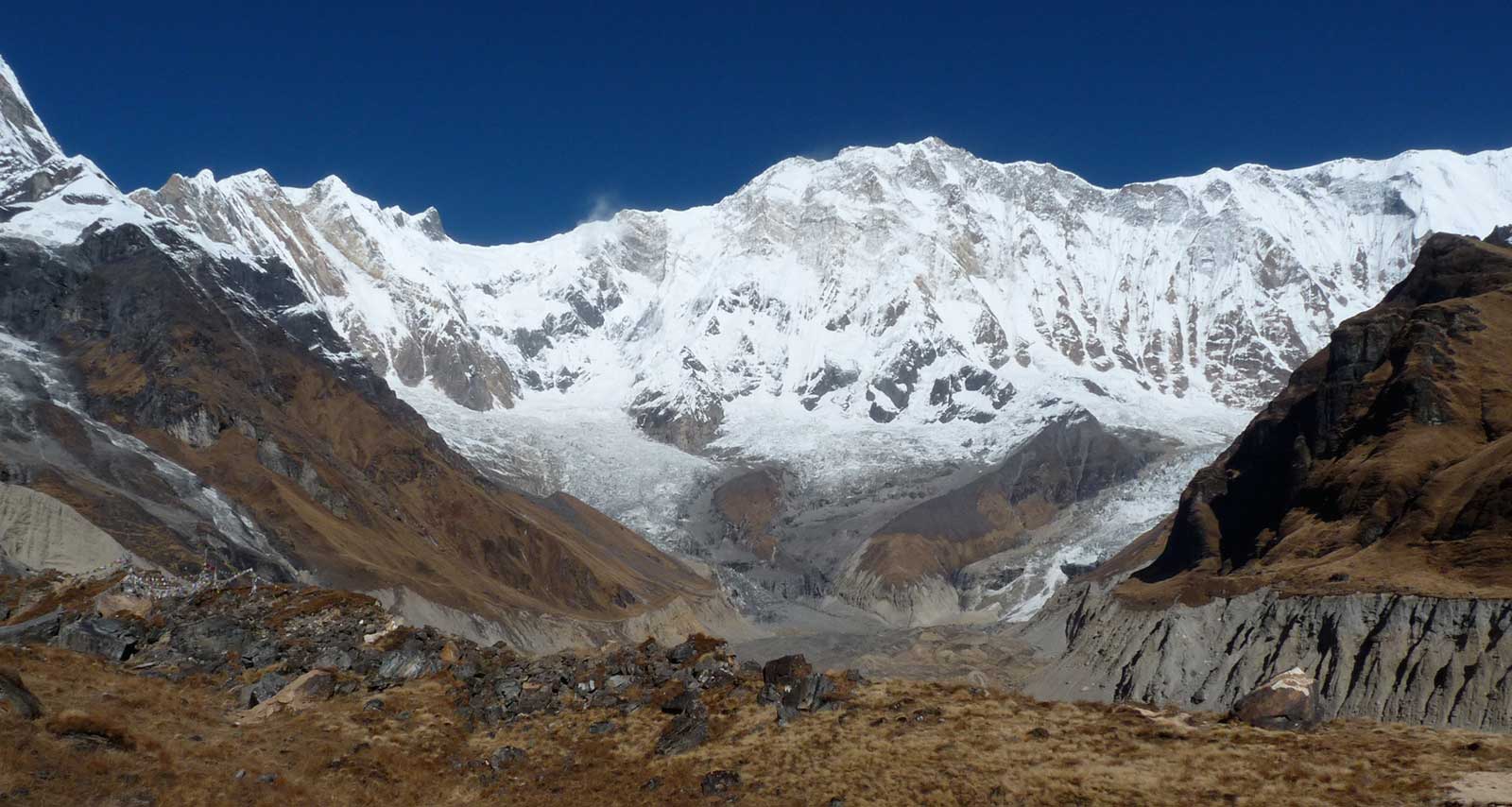
Annapurna Base Camp Trek is a moderately difficult trek. This trek leads you to the base camp of the Annapurna, the 10th highest mountain in the world.
Trekkers enjoy exploring different settlements, diverse landscapes, streams, gorges, magnificent views of the Himalayas, flora, and fauna, several hamlets with in-rich culture and traditions in this excursion.
Not only this, this trek offers picturesque views of several peaks such as Mt. Annapurna, Mt. Dhaulagiri, Mt Himchuli, Mt. Nilgiri, Mt. Machapuchare, and several others.
You can do this trek alone, couple and even in a group as well.
Although this trek is moderately difficult, preparing before the journey is a must. It helps us to make the trek successful, memorable, and interesting. The given tips help you to be prepared before the Annapurna Base Camp trek.
In Nepal, October to December (Autumn) and March to May (Spring) are considered the best months/seasons for trekking. At this time, you can have picturesque views of the mountains, the clear skies, and the trail is dry.
In autumn it is a festival time of Nepal as well. The two great festivals as Dashain and Deepawali lie in this season. You can explore the culture tradition lifestyle even the festival of this nation.
In the spring you can see the hills covered by the rhododendron flowers. Rhododendron and several other flowers bloom in this season. The days are normally dry and you should not encounter heavy snowfall and rain at this time.
As Annapurna Base Camp is a moderately difficult trek, you need not any prior experience and knowledge for it. Anyone who can afford this trek has sound physical strength.
But in the journey, you should encounter the rocky trial, several ascents and descents, narrow way, and high altitude. So, well preparation is suggested.
To be prepared yourself, you can practice some cardiovascular exercises such as running/walking, cycling, ascending and descending, swimming, and so on.
So, if you have a strong desire, well physical and mental preparation, you can afford this trek easily.
As you arrive at Tribhuvan International Airport, you can get a visa for your entire journey. In the Embassy of Nepal in your own country as well.
Concerning the permits, you need to get two sorts of permits viz. Transport Information Management System (TIMS) and Annapurna Conservation Area Entry Permit (ACAP).
The former is necessary to every trekker for Nepal but the latter is needed for those who transverse in the Annapurna region only. It is because excursionists should pass through some territory that falls under Annapurna Conservation Area.
Both of the permits are easily available in Kathmandu and Pokhara. You can find them on the way but the price may get higher there. Never trek without permits because in the checkpoints your permits will be checked and made to buy at a higher price with a fine.
Annapurna Base Camp Trek is one of the most popular trekking trails in Nepal. Here, you can trek without taking a guide as well.
BUT
Taking a guide and porters has a number of benefits. The guide not only shows the way but also explains the culture, tradition, way of living, therearound. He/she manages the accommodations as all the owners of the teahouses do not speak English and you may not speak Nepali.
The porters help you carry all your belongings throughout the journey that makes the trip easier and comfortable.
Trekking is an adventure and the weather in the Himalayas is volatile. For your safety, it is highly suggested to get travel insurance which includes emergency evacuation, travel cancellation, postponement of the journey, interruptions, loss of baggage, and so forth. You should do this Travel Insurance in your own country.
All the high elevated treks are equipment base treks. You should carry some trekking gear such as trekking poles, waterproof hiking shoes/trekking boots, and socks, warm woolen jackets, Sleeping bags, water purification tablets, water bottles, and sunglasses for the successful trip to Annapurna Base Camp (ABC).
Trekking is not a rush. You need to have well prepared for every trek. While traversing in Annapurna Base Camp as well you need it.
If you are physically fit and able to walk 5-6 hours each day in the Himalayas, you can easily afford this trek.
You should have some days for acclimatization. It helps you to be adjusted yourself to a higher elevation. It also helps to be prevented from Acute Mountain Sickness.
Leave Your Comment